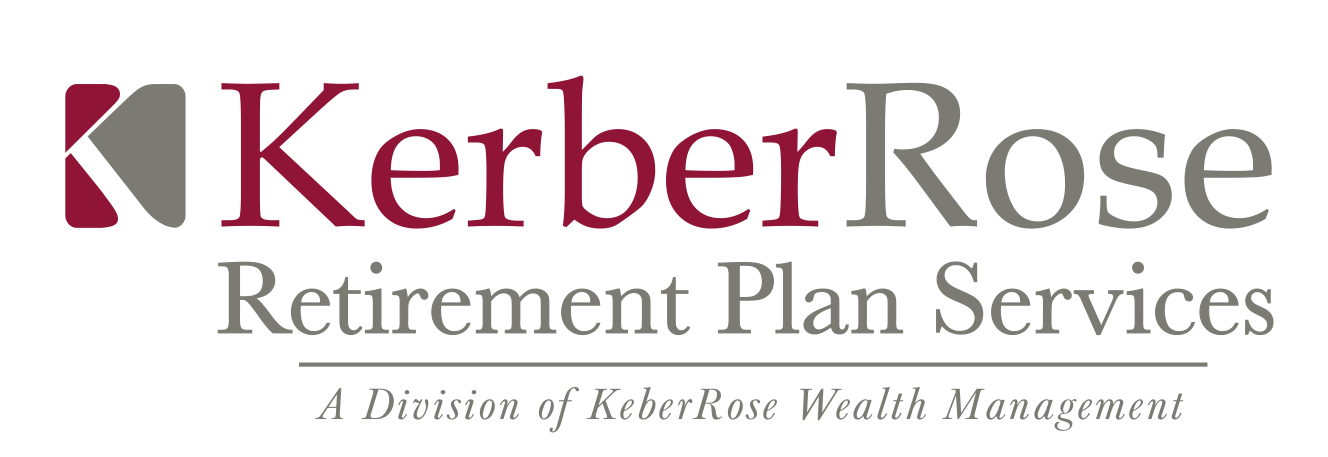The Latest News and Updates from KerberRose
Resources
Four Ways to Increase Employee Retirement Contribution Participation
As a retirement plan sponsor how can you encourage your employees to save and save more? Improving both employee participation and their saving rates is easy when you’re prepared. Here are four simple ways you can help your employees start building a confident retirement.
2020 Retirement Plan Limits
The contribution limit for employees who participate in 401(k), 403(b), most 457 plans, and the federal government’s Thrift Savings Plan is increased from $18,500 to $19,000.
Beat Rising Healthcare Costs with a Financial Wellness Program
Healthcare costs are on the rise, and employers expect double-digit growth in the next decade. As a result, there’s a growing trend toward financial wellness programs included with employee benefits, as this both benefits employees and minimizes a company’s fiduciary risk.
3(38) or 3(21): Which Fiduciary Service is Right for You?
Looking to reduce your fiduciary risk as a plan sponsor? A little outside help can yield big reductions in risk, provide the best for the people on your company’s payroll, and help you feel good about your qualified retirement plan.
Index Funds – Looking Beyond Fees
The flow to passive management is one of the biggest talking points of the decade. With this shift came the daunting task, and responsibility, to better evaluate the abundance of index funds offered by the marketplace. Index funds seek to replicate the performance of a benchmark, making the idea of comparing returns appear counterintuitive.
Borrowing Against Your Retirement: More Costly Than You Think
As your account begins to grow, it may be tempting to “dip into” your retirement savings by taking a loan against your retirement plan to pay your annual taxes, repair a leaking roof, catch up your everyday pile of bills, and so on. And while the decision to take a plan loan is yours to make, we want to make sure that you consider what it will really cost.
Student Loan Contribution Programs: The New Way to Recruit and Retain Millennials in Today’s Workplace
As human resource managers begin working on updating their benefits package, it’s important to remember that millennials are quitting their jobs faster than employers can hire them - which is especially problematic considering millennials now make up 50 percent of the workforce.
DOL Issues Temporary Penalty Relief for Annual Reporting Requirements for MEPs
The Department of Labor (DOL) recently reported that in reviewing Form 5500 data for 2018 a significant number of multiple employer plans (MEPs), including MEPs sponsored by professional employer organizations (PEOs), failed to include a complete and accurate list of participating employers with their Form 5500/5500-SF.
What’s an HSA and is it Right for You?
Health savings accounts (HSAs) have grown tremendously in popularity over the past few years. You’ve probably heard of them or maybe your employer offers one. This memo will uncover answers to common questions you may have about HSAs.
Hey Joel - Is it okay to use the same company for my plan’s recordkeeping, 3(38) advisory services, and administration?
Welcome to Hey Joel! This forum answers plan sponsor questions from all over the country by our in-house former practicing ERISA attorney.
Hey Joel - Is it okay to use the same company for my plan’s recordkeeping, 3(38) advisory services, and administration? - Consolidating in California
Will 2019 be the Year of Retirement Reform – The SECURE Act
It has been 13 years since Congress enacted the Pension Protection Act of 2006, the last piece of major legislation affecting retirement plans. Significant provisions affecting retirement plans were included in various versions of President Trump’s tax reform bill enacted in 2017, but Congress ultimately punted, and none of them made it into the final bill.
Growing Interest in Voluntary After-Tax Contributions to 401(k) Plans
Voluntary after-tax contributions are just what it sounds like. These contributions are made in after-tax dollars and the taxes on the earnings are deferred until the year of distribution. Most 401(k) plans do not allow voluntary after-tax contributions because there has been little interest from participants.













